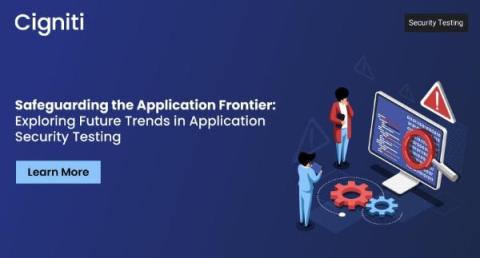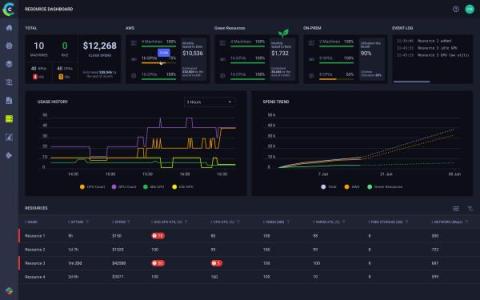Systems | Development | Analytics | API | Testing
%term
Cloud Analytics Powered by FinOps
Cloud transformation is ranked as the cornerstone of innovation and digitalization. The legacy IT infrastructure to run the business operations—mainly data centers—has a deadline to shift to cloud-based services. Agility, innovation, and time-to-value are the key differentiators cloud service providers (CSP) claim to help organizations speed up digital transformation projects and business objectives.
AI Document Extraction Tools: 4 Features to Look For
In most working environments, there are two things people tend to dislike: First, excessive meetings that prevent employees from making progress on their to-do lists. And second, paperwork. Whether it’s processing financial statements, reading inventory forms, or completing onboarding paperwork for employees, organizations have to deal with a slew of document types to keep operations running.
Safeguarding the Application Frontier: Exploring Future Trends in Application Security Testing
Organizations face growing demands to drive innovation, swiftly create new applications, and embrace emerging technologies (like SMACT) to maintain a competitive edge and stay ahead of the curve. In tandem with this, adopting DevOps practices and open-source code libraries significantly accelerates the pace at which applications are being developed, delivered, and maintained, albeit with the inherent invitation of various security risks.
Collect Logs and Traces From Your Snowflake Applications With Event Tables
We are excited to announce the general availability of Snowflake Event Tables for logging and tracing, an essential feature to boost application observability and supportability for Snowflake developers. In our conversations with developers over the last year, we’ve heard that monitoring and observability are paramount to effectively develop and monitor applications. But previously, developers didn’t have a centralized, straightforward way to capture application logs and traces.
ClearML Announces Extensive New Capabilities for Optimizing GPU Compute Resources
To ensure a frictionless AI/ML development lifecycle, ClearML recently announced extensive new capabilities for managing, scheduling, and optimizing GPU compute resources. This capability benefits customers regardless of whether their setup is on-premise, in the cloud, or hybrid. Under ClearML’s Orchestration menu, a new Enterprise Cost Management Center enables customers to better visualize and oversee what is happening in their clusters.
Entry Criteria for Software Testing
Why is Continuous Testing Important? | Nishi G. | TestFlix 2023 | #softwaretesting #agiletesting
How Can Software Testers Raise The Bar | Embracing Technology | Anuj Magazine | #testautomation
Contract Driven Development and Contract Testing via Specmatic
In software development, an API-first approach has emerged as a powerful methodology for building robust and interoperable systems. An API, or Application Programming Interface, acts as a set of rules and protocols that enables different software applications to communicate with each other. It defines how different software components should interact and exchange data.











